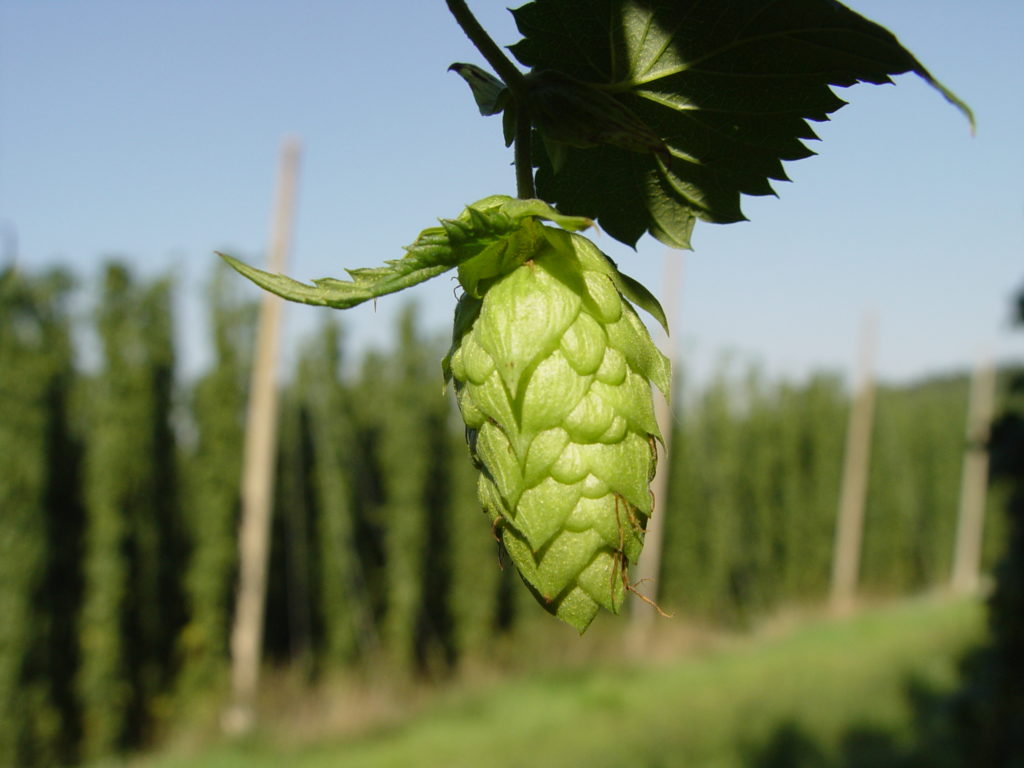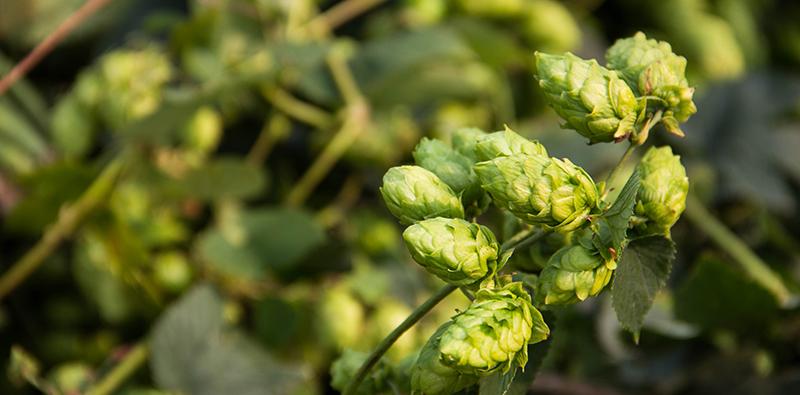
Alongside brewery acquisitions and mergers, one of the prevalent and inescapable issues dominating the modern brewing landscape is that of hops and more pertinently, their supply. Hop shortages, of varying severity, have been well documented, while the adage of necessity being the mother of invention has ensured that brewers are increasingly turning to yeast and malt to express themselves through their beers.
According to Ann George, executive director of Hop Growers of America (HGA), 2015 was a tough year worldwide. Not quite an annus horribilis, but one that resulted in a defect in alpha production all the same. In the association’s 2015 report, released last month, she confirmed that high summer heats and water restrictions resulted in mixed results for crops, with earlier harvest aroma varieties being hit.
While in Europe, where the majority of the crop’s water needs are supplied by rain, drought in Germany and other continental European countries bore witness to dramatically reduced yields. Germany had 34% of the world’s hop acreage, 4% lower than the US at 38%, but it contributed 33% of the 2015 crop while the US provided 42% of the global hop supply.
“The unusually high temperatures experienced this past summer were unprecedented, and we do not anticipate a repeat of an early and persistent heat wave,” she explains. “While we are waiting to see the final snowpack situation in the spring, we know we are already far better off than last year, so we anticipate higher yields along with more acres going in to meet contract demands.”
And going forward, George is bullish about the sector’s fortunes.
“Going through our statistics, it is clear that growers are putting more hops in the ground to meet the needs of both domestic and international brewers. It was promising to see the Brewers Association report that so many of their members are contracting, coming in at around 95%,” she says.
“While that definitely leaves uncertainty for those who are not contracting, the more contracts growers and merchants have, the better they can serve the domestic and global brewing industries. For those relying entirely on the spot market, that’s a pretty big gamble, especially considering the current market.”









